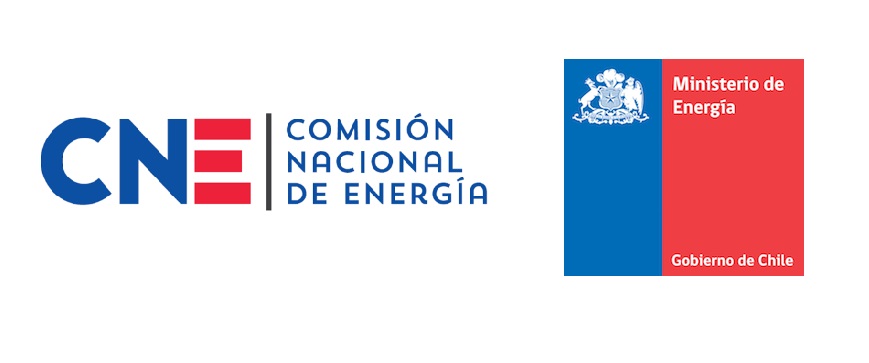
CNE Obligations:
Some items:
Article 29 General Description
The measurement module will include the following general equipment:
PMU.
GPS-based synchronization system
Local data concentrators.
Specific data concentrators.
Dedicated communication channels.
Centralized Concentrator (PDC).
Software for analysis.
Article 30 Scalability:
The phasor measurement module must be scalable, so that its architecture makes it possible to plan future expansions with respect to registration points.
Article 31 Compatibility:
The selected architecture should consider communication and interconnection between PMU devices, making it possible to verify the compatibility of equipment belonging to different manufacturers and models.
Article 32 Data Concentration
The information captured by means of the PMUs at the different SI registration points must be sent to the centralized data concentrator (see Figure 4) or to the local concentrators and then to the specific data concentrators that were defined in case of having different hierarchical levels.
Regardless of the architecture defined for the phasor measurement module, the centralized data concentrator must receive directly or through other concentrators, the information captured by means of the PMUs at the different SI registration points.
Article 33 Information Backup and Recovery
The phase measurement module must have an information backup and retrieval system in the event of failures in the system's communication channels, hardware or software.
Article 34 Accessibility
The information received in the centralized data hub must be available for analysis with the computational software implemented for such purposes.
Article 41 Data transfer and sampling rate
The data transfer rate between the PMU and the data concentrator must be such as to allow the storage of information with a resolution greater than or equal to 50 samples per second. You can use a hierarchical architecture scheme in which you have a master data center and several secondary data centers that group the different PMUs.
Article 42 Requirements for phasor measurement
The input and output channels must be synchronized with the UTC time, with sufficient precision to meet the requirements for phasor measurement established in Standard C37.118.
Article 43 Accuracy
All the information required for the SM will be properly synchronized with respect to a time base synchronized by GPS, with an accuracy of less than or equal to 1 μs.
The accuracy required for the measurement will be a function of the measurement error according to the TotalVector Error (TVE) defined in IEEE C37.118.
The measurement accuracy limits are given by the IEEE C37.118 standard and they must not exceed 1% of Total Vector Error (TVE).